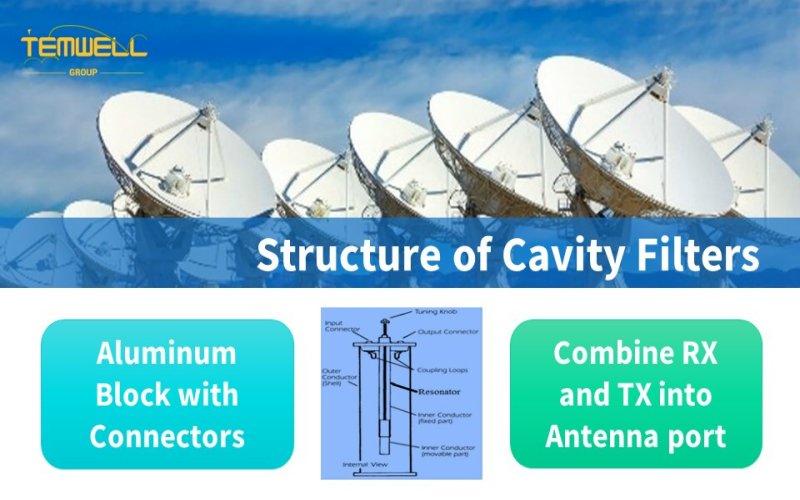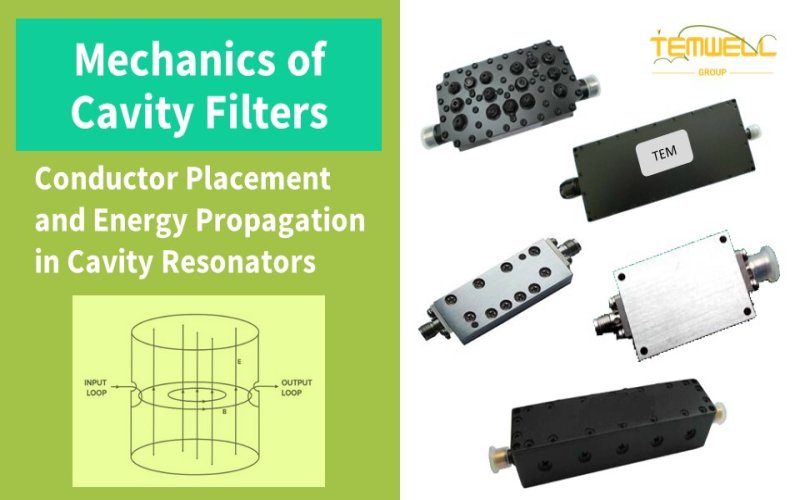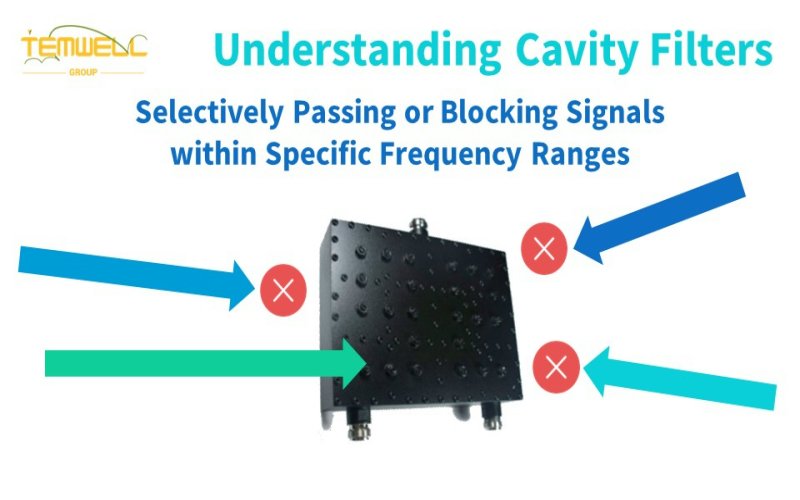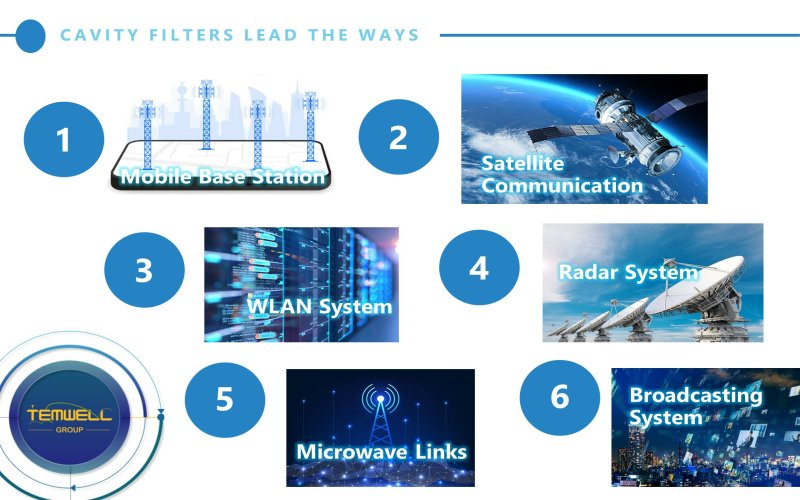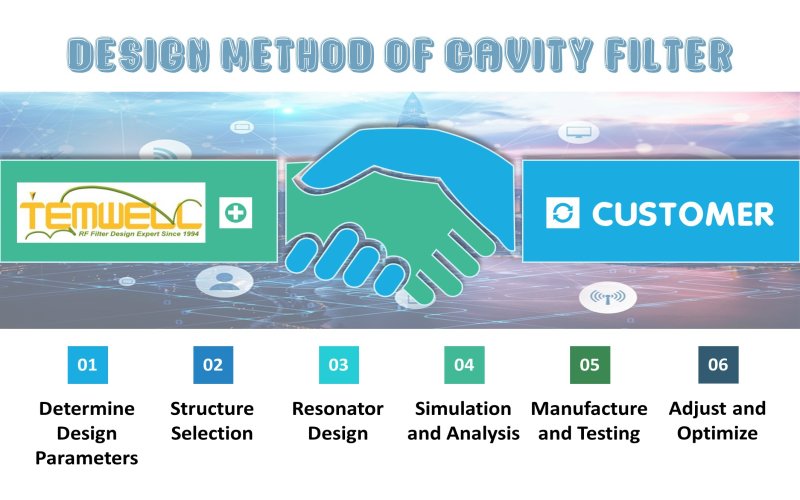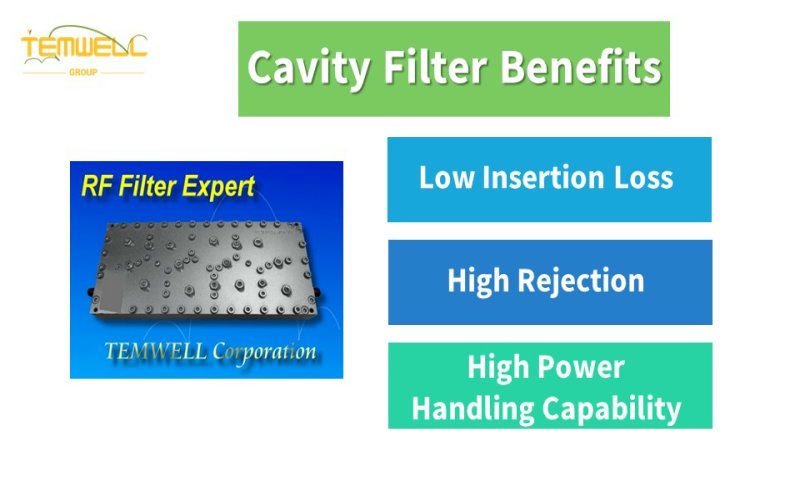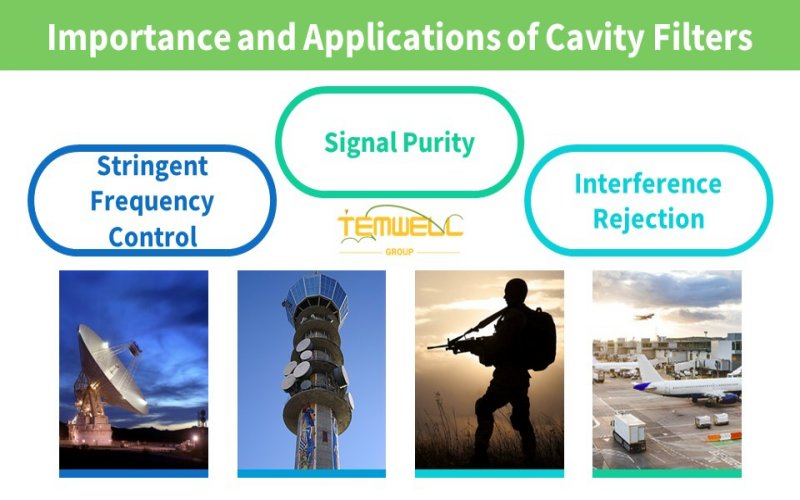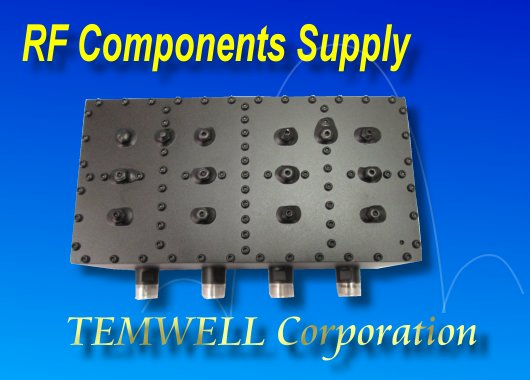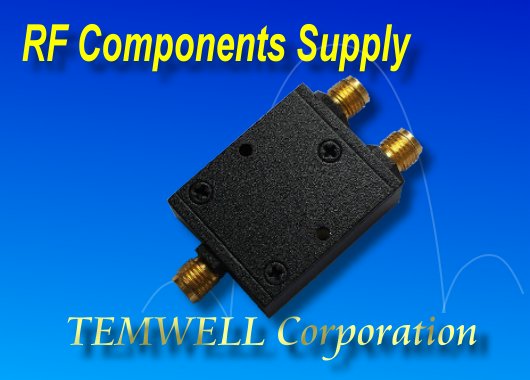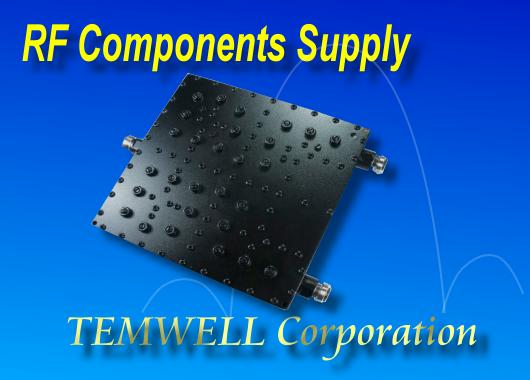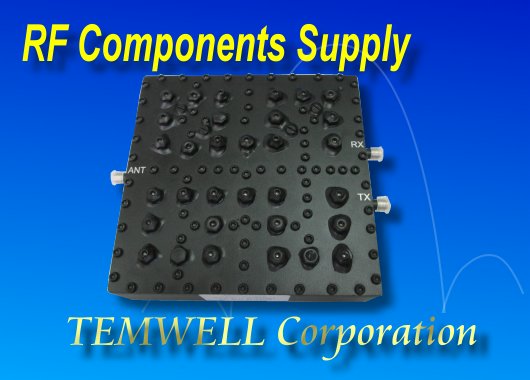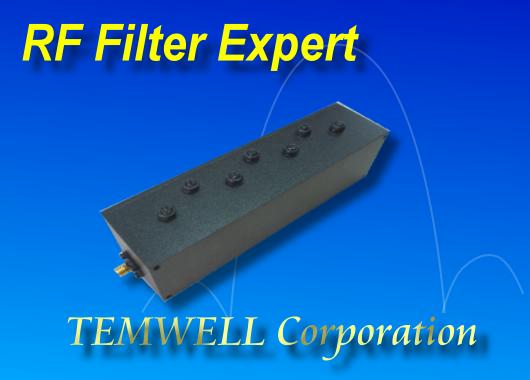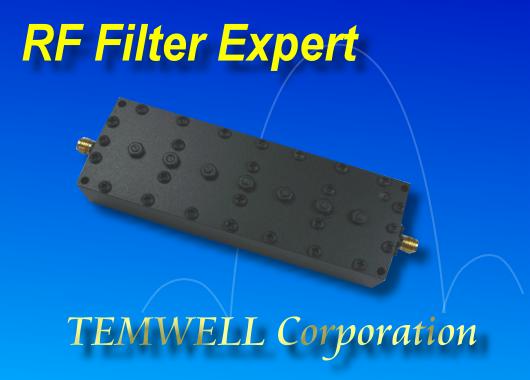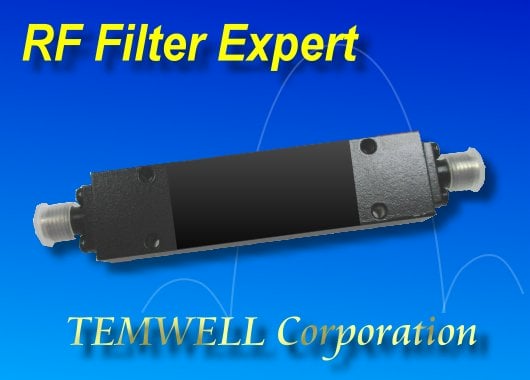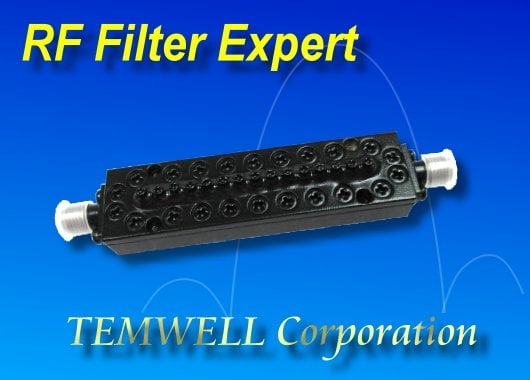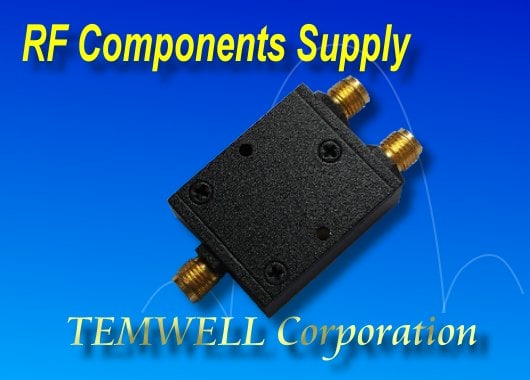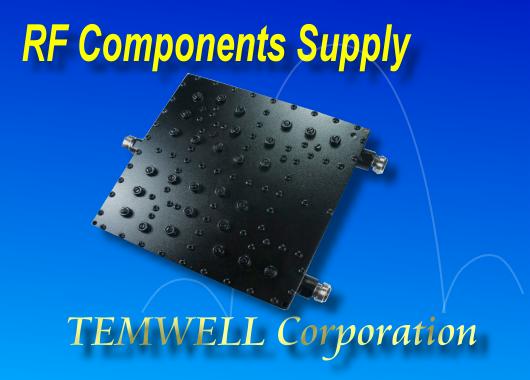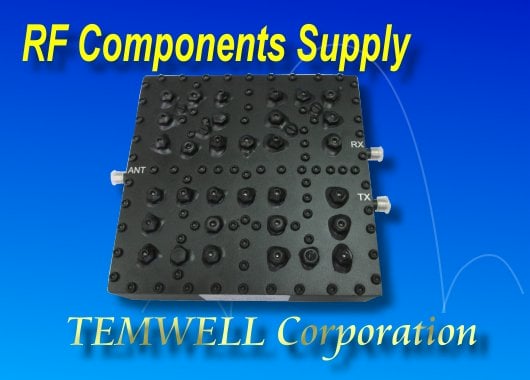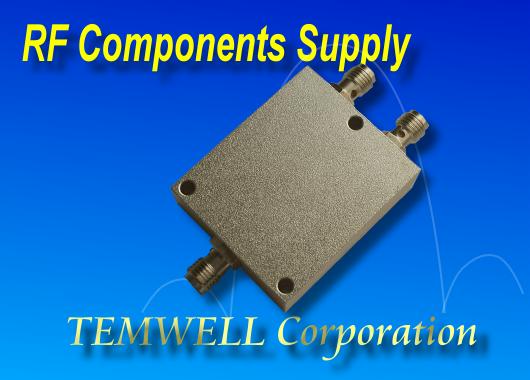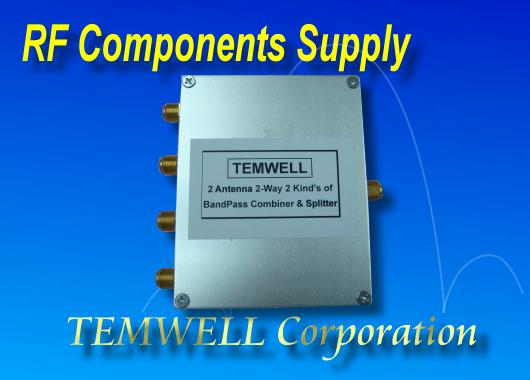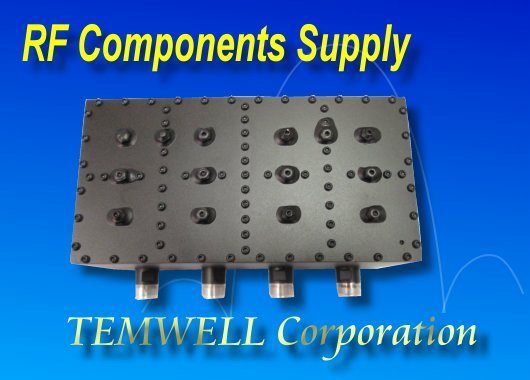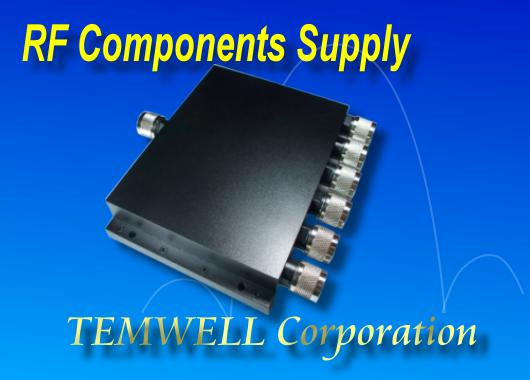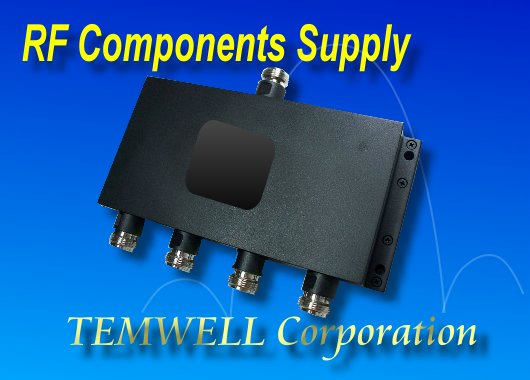What is Cavity Filter?
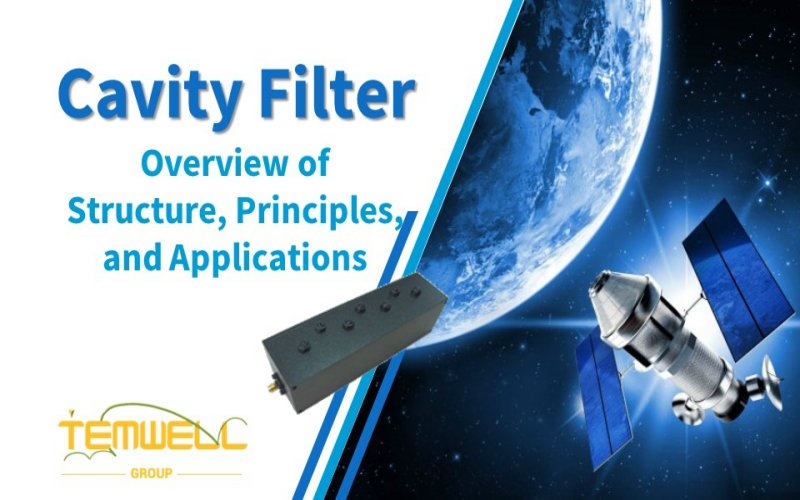
What is Cavity Filter?
A Cavity Filter is a type of radio frequency (RF) filter primarily used in communication systems to filter out noise and select signals at specific frequencies. It is typically composed of one or more hollow metal cavities containing conductor structures. When a signal passes through the cavity, the cavity and conductor form a resonant structure capable of extracting signals at specific frequencies while rejecting signals at other frequencies, thus achieving signal separation and filtering functions. Widely used in wireless communication systems to ensure reliability and efficiency of communication.
The importance in RF products
The importance of cavity filters in RF products cannot be overstated. They play a crucial role in enhancing the performance and stability of wireless communication systems. By providing high signal selectivity and noise suppression capabilities, cavity filters can differentiate signals of different frequencies, reduce interference, and ensure communication quality. In applications such as mobile base stations and satellite communications, the use of cavity filters can improve signal clarity and stability, ensuring the reliable operation of the system. Therefore, for RF engineers and communication system designers, it is essential to have a deep understanding of and effectively utilize cavity filters.
Cavity filter structure and characteristics:
The cavity structure in a cavity filter is one of its key features, typically made of metal to create a hollow design. These cavities can have different shapes and sizes, such as cylindrical, square, or other geometric shapes. The design of the cavities requires precise control of dimensions and shapes to ensure the accuracy and stability of resonance conditions, while also possessing good sealing performance to prevent external interference.
Conductor material and configuration of Cavity filter:
Cavity filters typically employ high-quality conductive metal materials such as copper or aluminum for their conductors. These conductors are precisely arranged within the cavities to form resonant structures and signal paths. The design of the conductors needs to be precisely adjusted according to specific application requirements and filtering performance, including the shape, size, and spacing of the conductors. Generally, the configuration of the conductors needs to balance signal transmission losses and interference suppression to ensure the efficient operation of the cavity filter.
How the Cavity filter’s resonance effect works
The resonance effect of the Cavity filter refers to the enhancement phenomenon of a specific frequency when the signal propagates back and forth inside its cavity. This resonance effect is determined by the geometry of the cavity and the configuration of the conductors. When the frequency of the input signal is equal to the resonance frequency of the cavity, the signal will form a stable resonance state inside the cavity, enhancing the transmission of this frequency, while signals of other frequencies will be suppressed.
The process of signal filtering by Cavity filter
The signal filtering process of a cavity filter involves two main steps: selective transmission and interference suppression. Firstly, when the input signal enters the cavity filter, if its frequency matches the resonance frequency of the cavity, the signal at that frequency will be selectively transmitted, i.e., it will pass through the cavity and be amplified. At the same time, signals at other frequencies are suppressed or reflected due to their lack of resonance, thereby being filtered out. This achieves the purpose of filtering and separating signals at specific frequencies.
Cavity filter in mobile communication base system
In mobile base stations, cavity filters are used to separate signals from different frequency bands, ensuring signal clarity and stability. They selectively transmit signals at specific frequencies while suppressing interference from other frequencies. This is crucial for improving the signal reception efficiency and communication quality of mobile base stations.
Cavity filter in military communication system
In military systems, cavity filters are commonly used to prevent enemy interference with wireless communication. They aid in identifying and filtering out signals at specific frequencies, safeguarding the security and confidentiality of military communication systems. Additionally, they are utilized to enhance the anti-interference capabilities of wireless communication equipment, ensuring communication connectivity on the battlefield.
The main performance indicators of Cavity filter:
Frequency:
The frequency range refers to the range of signal frequencies that a cavity filter can handle and is an important parameter for evaluating the performance of the filter. Good frequency characteristics ensure that the filter can accurately filter signals within the specified frequency range, meeting the requirements of the system.
Bandwidth:
Bandwidth refers to the range of frequencies that a cavity filter can simultaneously handle, which is crucial for applications in multi-signal environments. A wide bandwidth means the filter can handle a broader frequency range or multiple signals simultaneously, enhancing system flexibility and efficiency.
Insertion loss:
Insertion loss is a key performance indicator of a cavity filter, used to measure the energy loss of a signal passing through the filter. Low insertion loss means the filter can pass the signal more effectively, reducing the loss of signal energy and improving system efficiency and performance.
Attenuation value:
Attenuation value represents the suppression capability of a cavity filter against non-desired signals and is one of the important parameters for evaluating the filter's performance. A higher attenuation value indicates that the filter can more effectively suppress interference signals, ensuring the signal quality and stability of the system.
Return loss:
Return Loss measures the degree of signal reflection in the cavity filter. This indicates the extent to which the signal is blocked or passed by the filter, reflecting the effectiveness of the cavity filter in filtering signals. A high Return loss typically signifies better filtering performance, while a low Return loss may lead to signal leakage or interference.
Power:
Power rating refers to the maximum input power that a cavity filter can withstand, serving as a crucial indicator to ensure stable operation of the filter in high-power environments. Adequate power rating ensures system stability and reliability, preventing damage to the filter due to excessive power.
Temperature stability:
Temperature stability refers to the performance of a cavity filter under different temperature conditions. Good temperature stability ensures that the filter maintains consistent performance across various environmental temperatures, reducing the impact of temperature variations on system performance and enhancing system reliability and stability.
Key factors to consider in Cavity filter design:
When designing a cavity filter, several key factors need to be considered. Firstly, there are frequency requirements, which entail the desired range of signal frequencies to be filtered. Secondly, there's bandwidth, referring to the frequency range the filter needs to handle. Another crucial factor is insertion loss, representing the energy loss when the signal passes through the filter. Additionally, size and shape considerations are necessary to ensure that the filter can fit within the given space. Lastly, temperature stability is also a significant factor, ensuring that the filter maintains stable performance across different temperature environments.
Common design methods and tools for Cavity filter:
Common design methods for cavity filters include theoretical design and experimental validation. During the theoretical design phase, engineers can utilize electromagnetic simulation software such as Ansys HFSS or CST Studio Suite for simulation and optimization. In the experimental validation phase, laboratory equipment such as network analyzers and spectrum analyzers are used for actual testing and adjustment. Additionally, referencing previous design cases and literature can provide further design inspiration and guidance.
Advantages of cavity filter:
Cavity filters offer high selectivity, allowing them to precisely filter signals at specific frequencies, thus enhancing system performance. Additionally, they feature low insertion loss, meaning minimal energy loss as signals pass through the filter, ensuring signal clarity and stability. Furthermore, cavity filters possess excellent power handling capabilities, enabling them to withstand higher input powers and ensuring stable operation of the system in high-power environments.
Disadvantages of cavity filter:
However, cavity filters have a larger physical footprint, requiring more space, which can be restrictive in applications with limited space availability. Additionally, due to their complex manufacturing processes, which involve high-precision machining and tuning, they tend to be more costly. These factors limit the applicability of cavity filters, necessitating the selection of suitable filters based on specific application scenarios and requirements.
Looking ahead, cavity filters will continue to play a crucial role in RF engineering and undergo further development. With advancements in wireless communication technology, there is an increasing demand for higher frequencies, wider bandwidths, and smaller sizes. Thus, cavity filters will trend towards miniaturization and higher performance. The application of new materials and manufacturing techniques will enable higher performance and smaller sizes. Additionally, the proliferation of emerging technologies such as 5G, Internet of Things (IoT), and connected vehicles will further drive the role of cavity filters in various application scenarios.
Temwell R&D team possesses abundant professional knowledge and experience, committed to providing the best Cavity filter design solutions. We not only tailor solutions according to specific customer requirements but also continuously pursue innovation and technological upgrades to ensure that our products meet the ever-changing market demands and technological trends. Temwell design team is capable of adapting to trend changes, consistently offering the latest designs to meet market developments. Collaborating with Temwell, customers can confidently entrust Cavity filter design to us, allowing them to focus on their core business while receiving the best products and services.
To learn more information about our cavity filter products, please do not hesitate to contact us!
Subscribe to us on Facebook for the latest product news.



